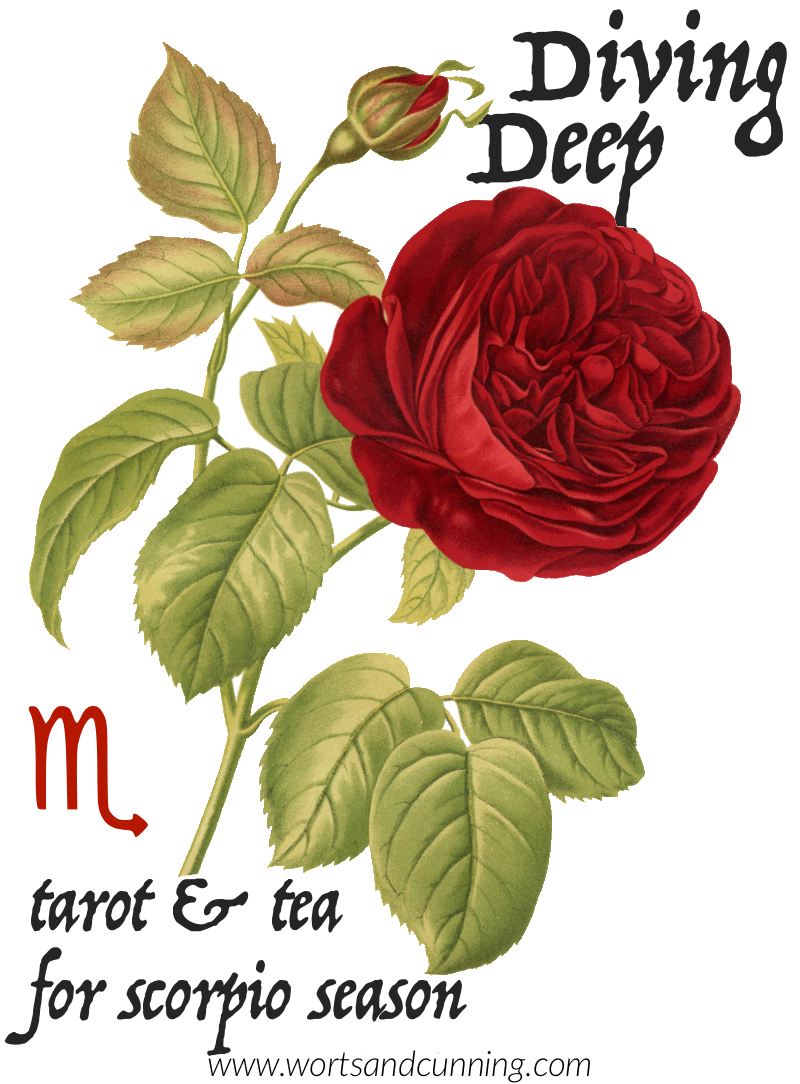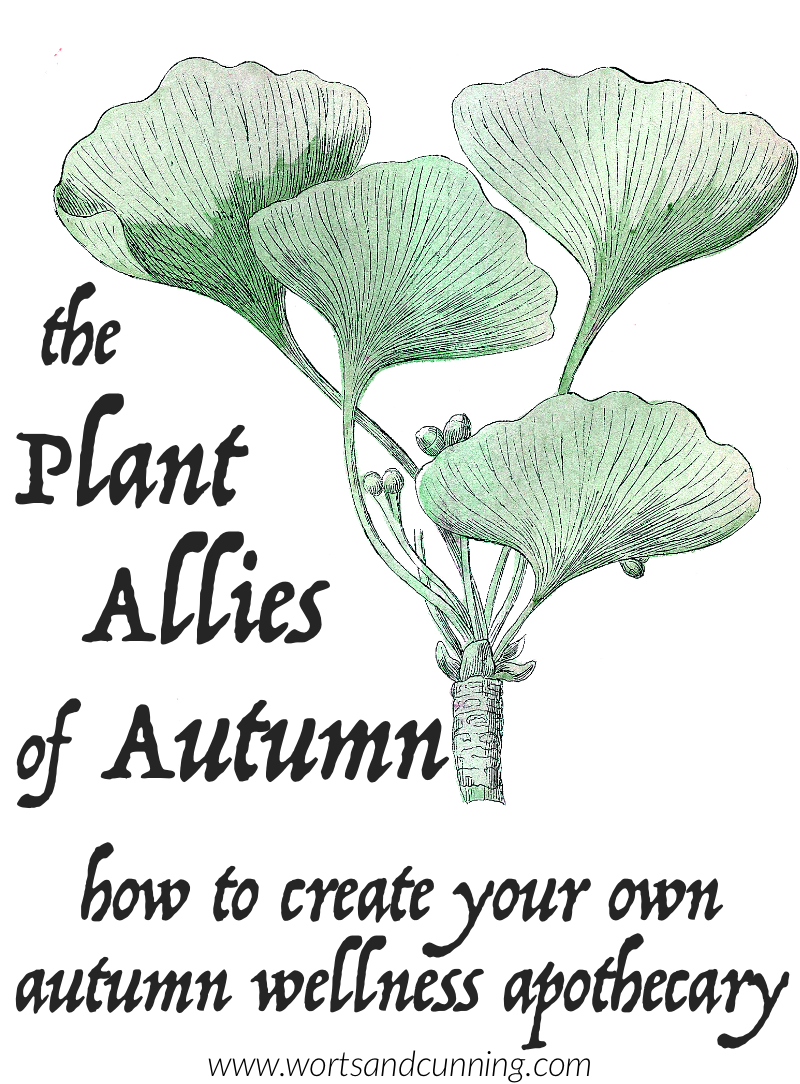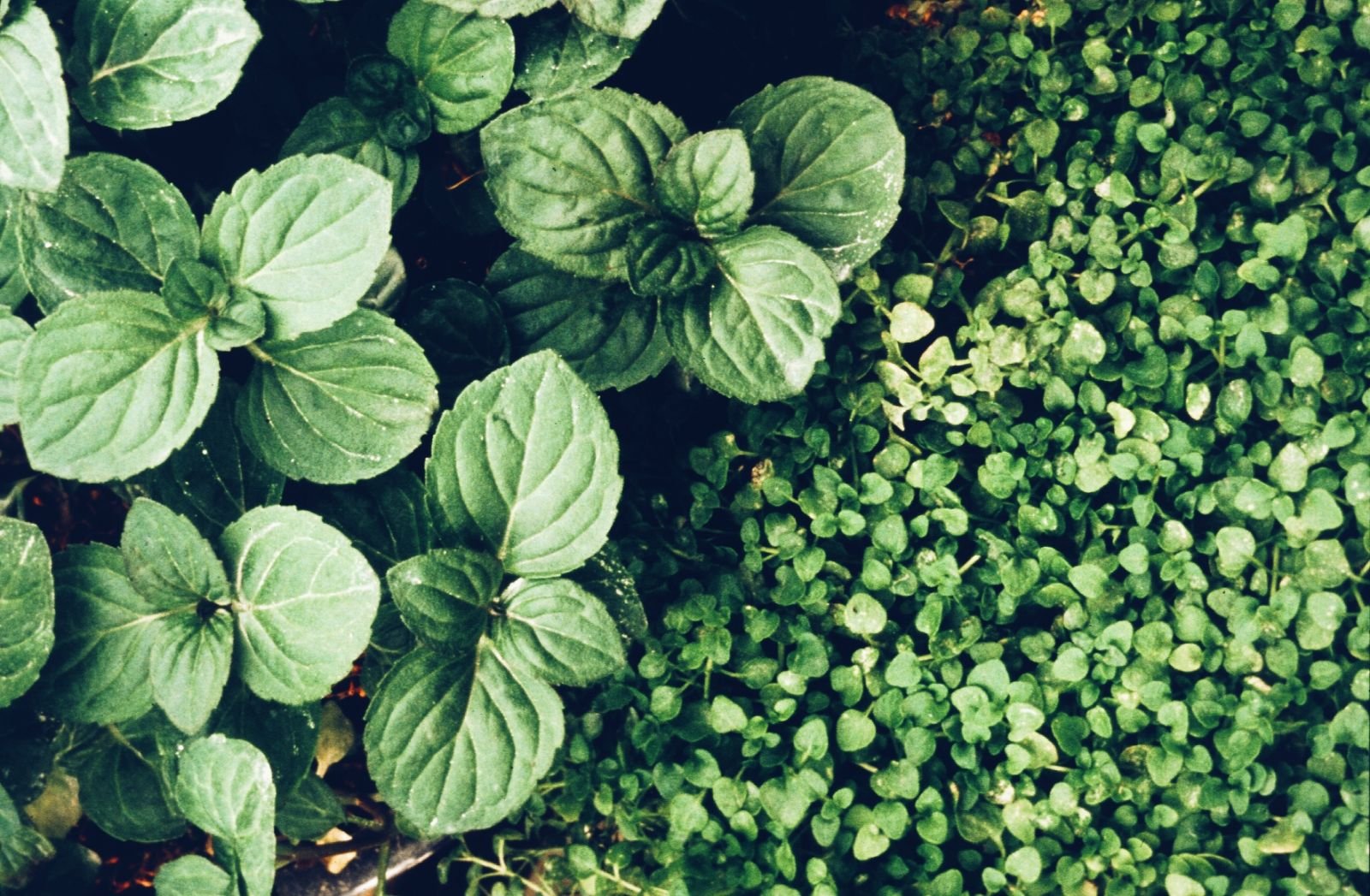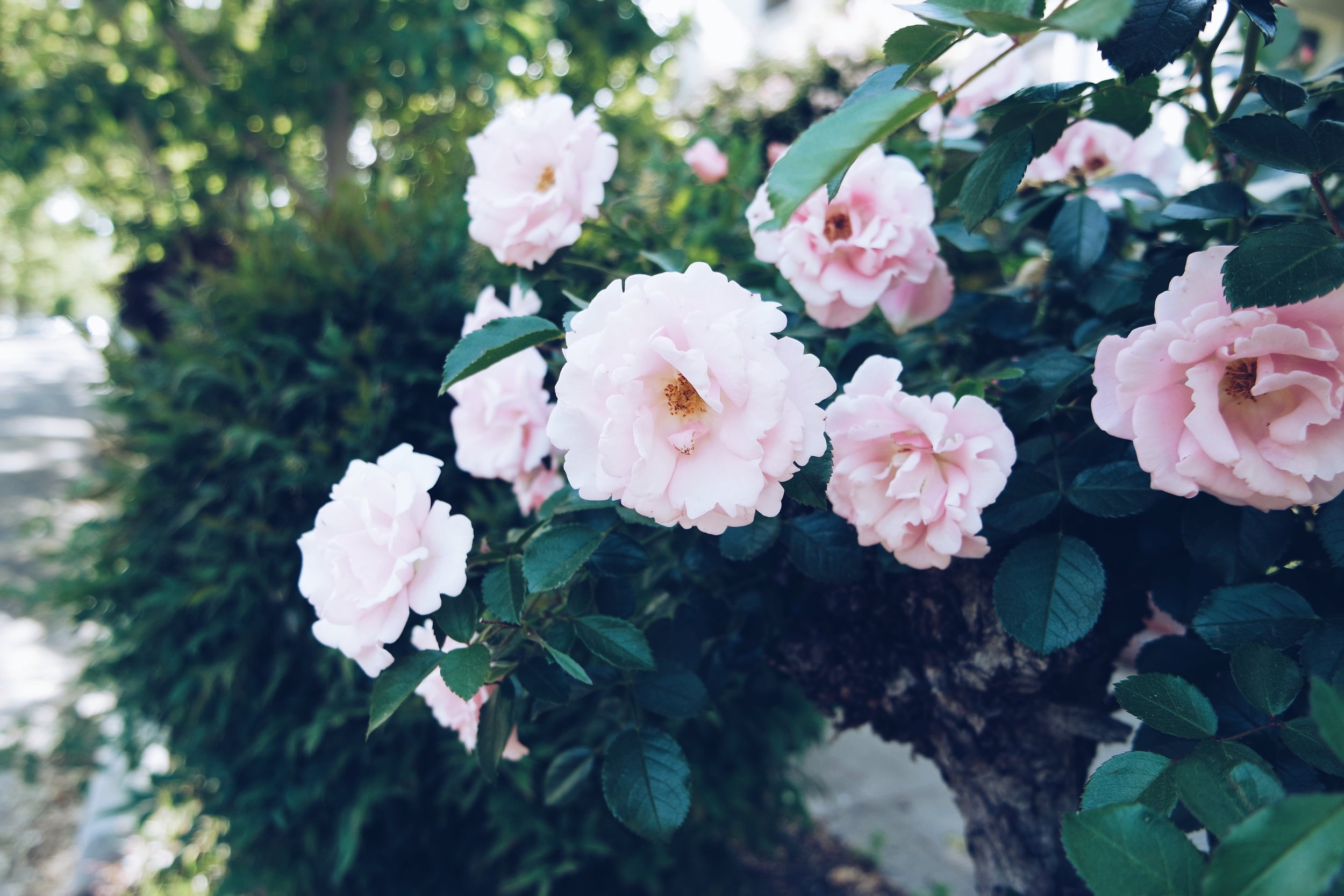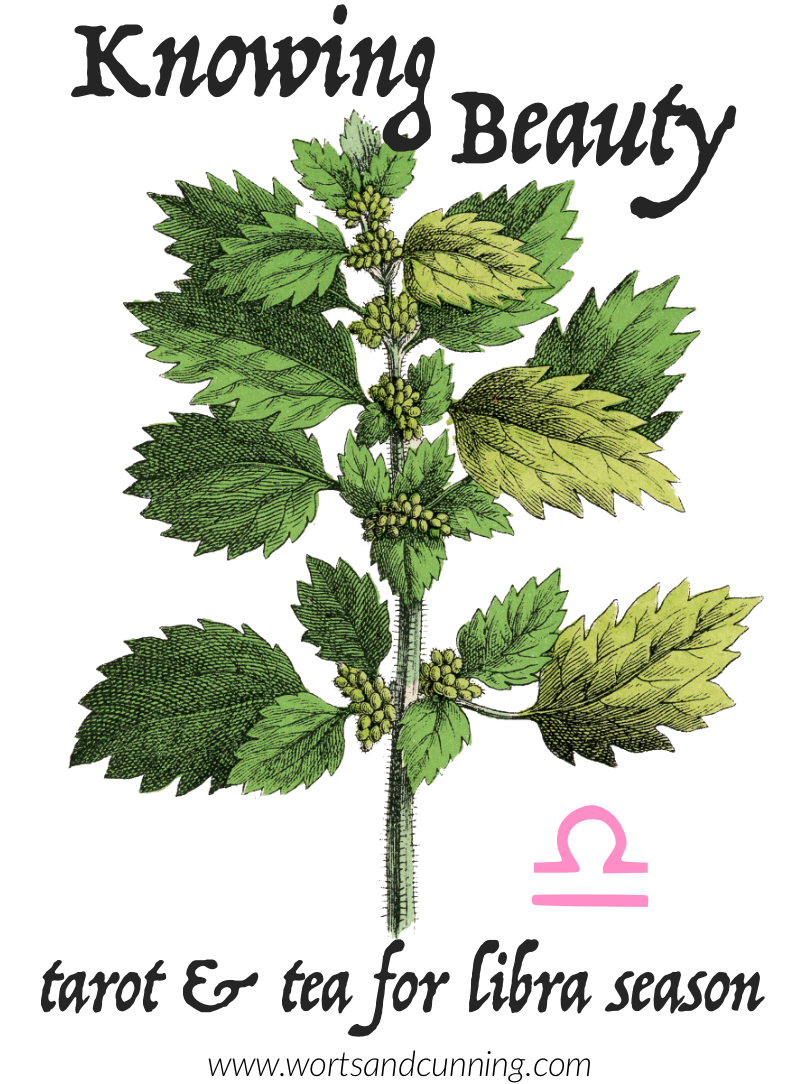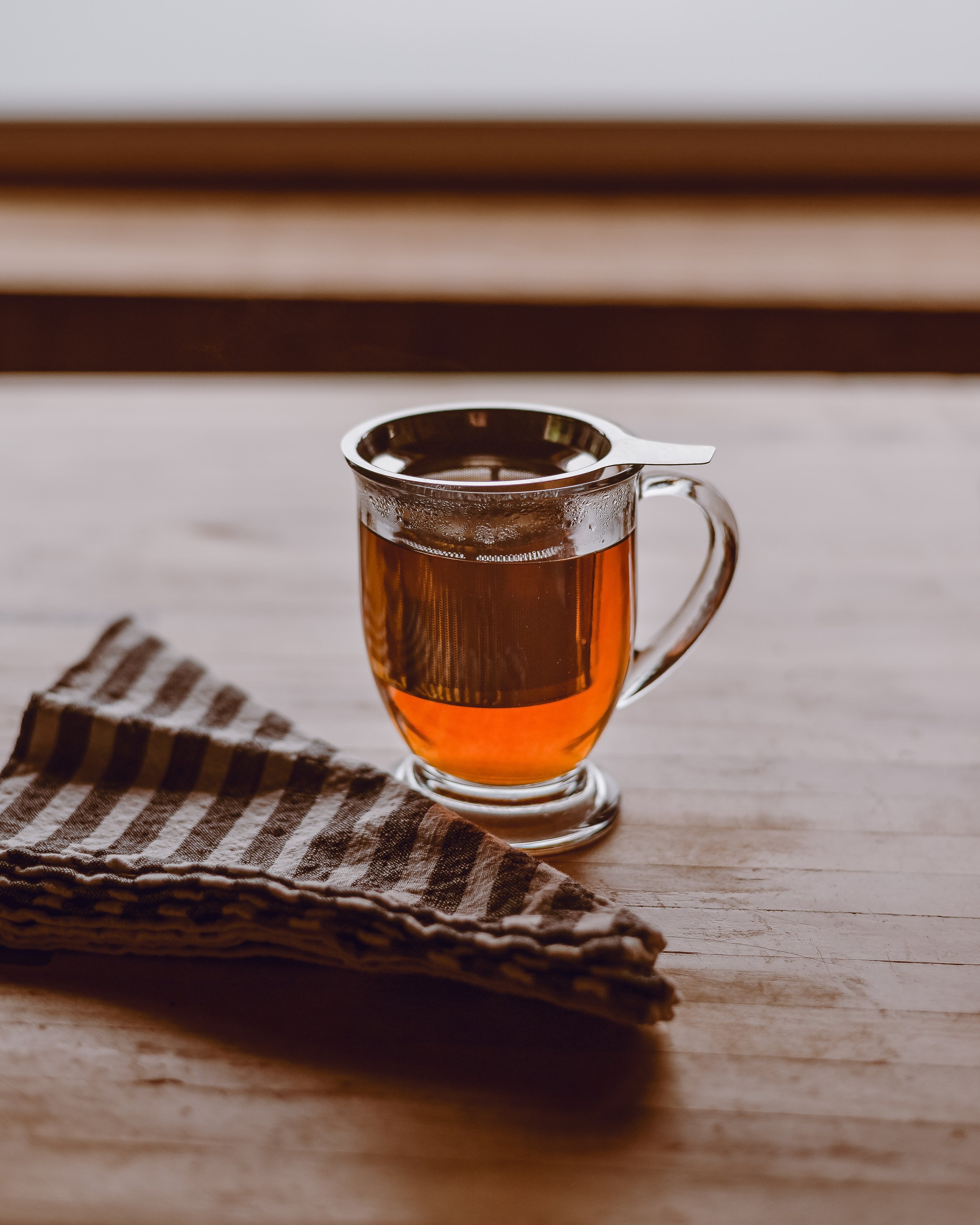Liberatory Rest: California Poppy Plant Profile
California Poppy (Eschscholzia californica) is a beautiful flower growing in the hot and dry areas of the Golden State, covering hillsides in their orangey-yellow glow. An ally of the restless and a provider of deep sleep, I’ve come to know them best living up in the northern part of California where they freely grow on hillsides, front yards, and sidewalk cracks.
In many ways, California Poppy reminds me of Dandelion (Taraxacum officinalis) which shows up in unexpected places, often in very low quality soil, and thrives. While Dandelion is known for its gifts as a digestive bitter, California Poppy works in many ways as a sleep bitter, helping us to process the stress of the day, release it, and move on into a state of rest and relaxation.
Ready to learn more? Come this way…
California Poppy
(Eschscholzia californica)
Common + Folk Names : Flame flower, gold poppy, copa de oro, dormidera
Tarot Cards : The Moon, The Hanged One, The Star, 4 of Swords (find out more about the connections between the tarot and herbalism)
Element : Air, Water
Zodiac Signs : Pisces (Guardian & Remedy), Gemini (Remedy), Aquarius (Remedy)
Planet : Sun, Moon, Mercury
Moon Phase : All Phases
Parts Used : Aboveground parts.
Habitat : Native to southwestern United States.
Growing conditions : Full sun in poor, well-drained soil.
Collection : In spring and summer when in flower.
Flavor : Bitter
Temperature : Cool
Moisture : Dry
Tissue State : Heat, Tension (learn more about traditional western herbalism energetics)
Constituents : Flavonoids, alkaloids, carotenoids, volatile oil.
Actions : Analgesic, anodyne, anxiolytic, antispasmodic, febrifuge, hypnotic, nervine, sedative, soporific, uterine stimulant.
Main Uses : A beautiful wildflower that covers hillsides throughout the Golden State, California Poppy has long use as an herb of relaxation, nervous system restoration, and sleep for both adults and children. If you're looking for an herb to help reset disruptive sleep patterns but have found other herbs like Valerian (Valeriana officinalis) or Passionflower (Passiflora incarnata) leaving you too drowsy, California Poppy might be a good ally to work with. I find it to be less sedating but just as relaxing as the other two herbs mentioned which can be useful for folks who are more sensitive to the effects of herbal medicine.
The plant can be used internally as a tea or tincture, but it also makes a lovely compress when it comes to supporting sleep. After taking the tincture, use an herbal compress (with a few drops of tincture added to it if you like) along the spine before bed to help calm the nervous system and bring on sleep (make it extra special by listening to calming music, combining with breathwork, and/or being read to). Of course, if you're struggling with a chronic pattern of disruptive sleep it's important to reach out beyond herbal medicine and seek additional modalities like therapy and/or bodywork to help you invite healthy sleep patterns back into your life again.
One of the ways that California Poppy helps us to get a good night's sleep is that it helps to bring energy down from the head to our roots, calm racing thoughts, and reduce pain that can come with restlessness. California Poppy is a nervous system restorative and when combined with other herbs like Milky Oat (Avena sativa) it can be used in low doses on a daily basis to help recover from burnout or a period of intense stress. Consider combining with herbs like Vervain (Verbena officinalis, hastata) if there is excess tension and a tendency to overwork or Skullcap (Scutellaria lateriflora) if there is excess anxiety and racing thoughts. Combine with Hawthorn (Crataegus monogyna) if heart palpitations are also present. Can be used in small doses for children who struggle with hyperactivity and restlessness, especially at bedtime.
The flower helps to reduce pain not only as a nervous system restorative but as a cooling anti-inflammatory. Useful in cases of arthritis, shingles, hypertension, menstrual cramps, tension headaches, and toothache. Use internally as well as externally as a compress or in baths. Traditionally used by the ʔívil̃uqaletem in small doses for cases of colic in infants.
With children, California Poppy can be useful for restlessness and insomnia as well as bedwetting or enuresis. One of the indications for California Poppy for enuresis in children is "nervousness" but I think a more modern term would be dysregulation - there is a restless and dysregulated nervous system which can lead to poor sleep, bedwetting, and so on. California Poppy can be useful in the treatment of ADHD in the young but I highly recommend working with a skilled practitioner to help you formulate the right blend as sedating herbs like California Poppy can sometimes feel more disrupting than useful.
Topically, the herb can be used for inflamed conditions of the skin from acne to eczema. Use as a wash or in herbal baths or steams. The flowers can be made into an herbal oil and used in the scalp to calm irritated skin and help promote hair growth especially when stress is causing hair loss. Combine the tincture with St. Joan's Wort (Hypericum perforatum) herbal oil for a topical treatment for nerve pain.
Magickal Uses : Use California Poppy to help you achieve a magickal flow state for ritual, divination, and more. Especially useful when combined with Rose (Rosa spp.). Use in charms for bringing good dreams, psychic vision, and in trancework. A good addition to Moon spells of all kinds.
The California Poppy Personality : One of the ways of understanding the California Poppy personality is to compare it to Vervain (Verbena officinalis) folk. There is a tension present in both types of folk leading to a rigidness of opinion and belief. With Vervain folk this rigidness can be tied to more acceptable forms of tension (i.e. workaholism) whereas with California Poppy folks the tension is more often about the restrictiveness of the radical. They often start of as restless spiritual seekers, perhaps suffering from the insomnia of the soul, but find themselves becoming rigid in their spiritual seeking, often attaching to one form of practice, devotion, teacher, and/or school of thought which requires extremes in behavior. Their seeking is externalized (i.e. the wisdom I seek is out there in someone or something other than me) and working with California Poppy can help them to relax into their own internal wisdom, reconnect with their intuition, and rest deeply in the process. Herbalist Anne McIntyre describes California Poppy's effect as helping folks to "develop a more solid inner life" and I've found this to be true.
One of the costs of extreme devotion to outside forces is disconnecting from one's gut feeling of when boundaries are being violated or beliefs have become nonsensical to the point of harm. California Poppy acts as a restorative to the spiritual nervous system, calling home the intuition, releasing folks from the ceaseless wakefulness harmful belief systems (and the media systems that keep us hyperconnected) to come home to a restful ease of the soul at home with itself.
Contraindications : Avoid in pregnancy and breastfeeding. Contraindicated in glaucoma.
Drug interactions : Do not take if on MAOIs.
Dosage : Standard dosage.
᠅
If you would like an easy to access, downloadable, and printable version of this and all of my plant profiles you can find it in The Plant Ally Library.
For the month of November I’m hosting a fundraiser for BIPOC herbal education. If you love my writing and would like to support a great cause at the same time, please donate if you can.
I hope you get to meet and work with the lovely remedy that is California Poppy one day or deepen your relationship with them if you’re already acquainted. What are some of your favorite flower remedies?
This post was made possible through patron support.
❤ Thank you, friends. ❤






